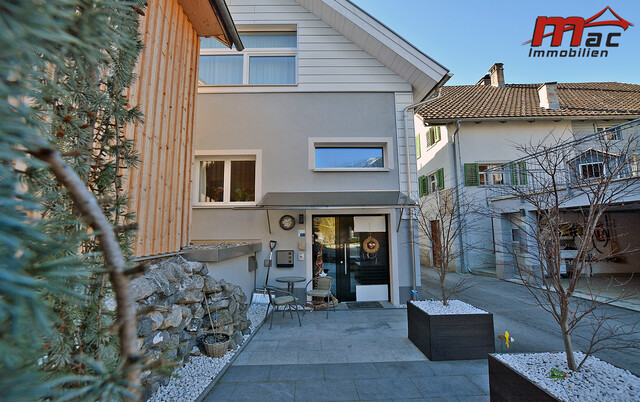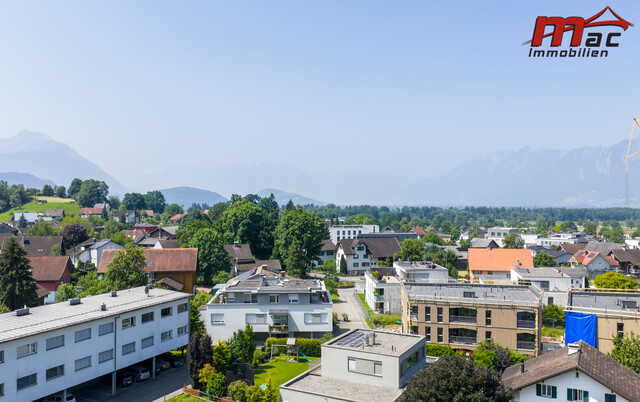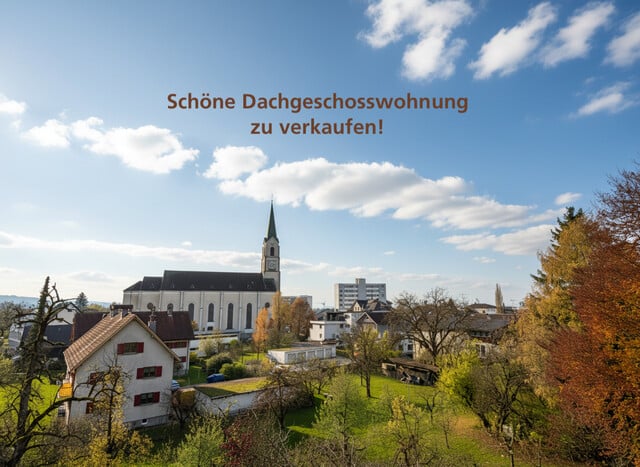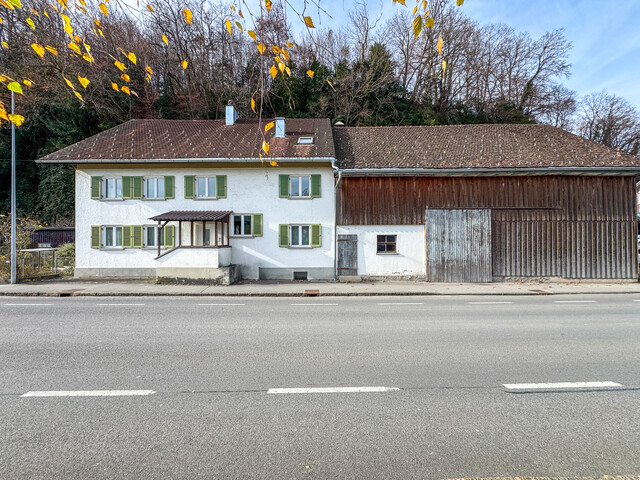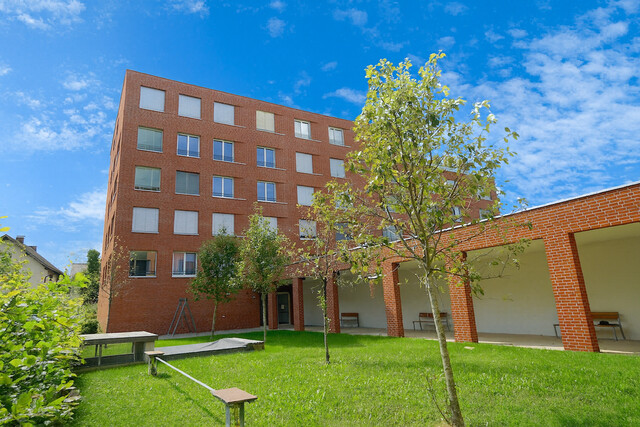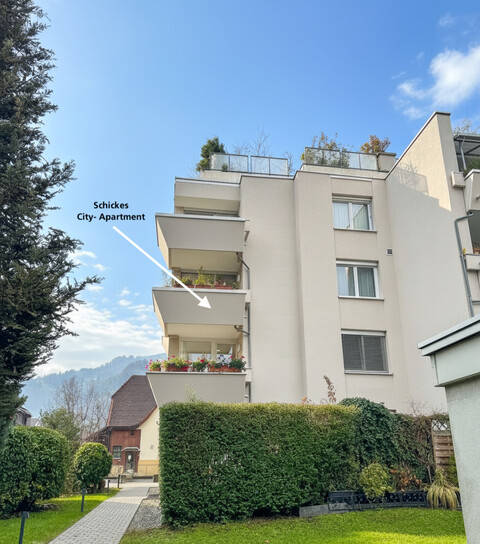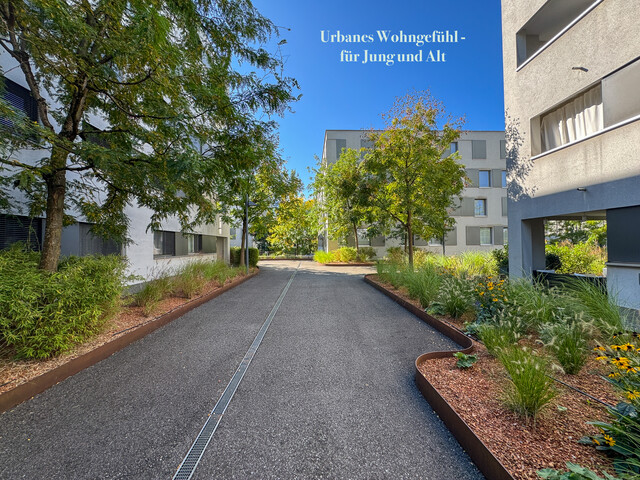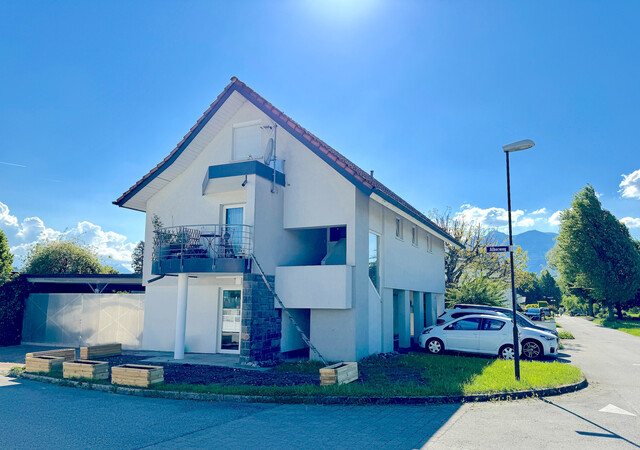Heatwave in Austria: High "Julia" Brings Up to 36 Degrees

The weather-dominating high "Julia" is steadily shifting from the Bay of Biscay towards the North Sea and the Baltic. This shift is crucial as it ensures that a strong surge of hot air flows directly from the western Mediterranean into Austria on the west side of the high. What was considered the "coolest" day of the week on Monday with 25 to 31 degrees (curiously, it was even warmer in Upper Styria than in the south!) will become a distant memory as the week progresses. Peak values are expected to rise to an impressive 28 to 36 degrees by Thursday, with eastern Austria expecting the highest temperatures. For Styria, Geosphere Austria is also forecasting up to 34 degrees on Friday.
Heat Peaks and Thunderstorm Fronts: The Detailed Forecast
Prepare for bright sunshine and hardly a cloud in the sky. Only over the mountain regions might a few cumulus clouds form in the afternoon. The likelihood of local heat thunderstorms is still very low on Tuesday but increases towards the middle of the week.
- Mittwoch: Das strahlend sonnige und heiße Hochdruckwetter hält an. Wolkenloser Himmel dominiert, nur über den Bergen vereinzelt Quellwolken. Schwache Winde, im östlichen Flachland mäßiger Südostwind. Frühwerte: 12 bis 20 Grad. Tageshöchstwerte: 28 bis 35 Grad.
- Donnerstag und Freitag: Der Hochdruckeinfluss nimmt von Westen her leicht ab. Dies bedeutet, dass sich über den Bergen Westösterreichs am Nachmittag Regenschauer oder Gewitter entwickeln können. Im Osten und Süden bleibt es hingegen voraussichtlich noch sonnig und stabil, auch wenn hohe Schleierwolken durchziehen. Die Gewitterneigung in der Westhälfte Österreichs steigt deutlich an. Wind schwach bis mäßig aus Südost bis West. Frühwerte: 15 bis 21 Grad. Tageshöchstwerte: 28 bis 36 Grad, mit den absoluten Spitzen im Osten des Landes.
Summer Retreat in the Alps: Escaping the Heat
In light of the increasingly extreme temperatures in the Mediterranean region and also in the hotter regions of Austria, tourism experts are observing a remarkable trend: more and more people are seeking their "summer retreat" in the cooler, often alpine areas. Instead of the scorching heat in the south, vacationers are drawn to Styria or other mountainous regions. Here, clear mountain lakes, shady forests, and fresh mountain air offer a welcome change from the heated city air or crowded beaches.
Styria, known for its diverse landscape from green pastures to refreshing bathing lakes, particularly benefits from this "long-term trend." A break in the mountains with hiking, cycling, or simply relaxing by the lake becomes an attractive alternative for those who not only want to watch climate change but actively escape it. This is not just a reaction to the heat but also a return to nature-based experiences that invigorate the body and mind.
Tips for the Hot Days: How to Stay Cool!
To get through the upcoming heatwave well, consider the following advice:
- Viel Trinken: Regelmäßig Wasser, ungesüßte Tees oder verdünnte Fruchtsäfte konsumieren. Alkohol und zuckerhaltige Getränke meiden.
- Schatten suchen: Zwischen 11 und 17 Uhr die direkte Sonne meiden und sich in den Schatten zurückziehen.
- Leichte Kleidung: Luftige, helle Kleidung aus Naturfasern tragen.
- Kühle Duschen/Bäder: Kaltes Wasser an Handgelenken und Nacken kann erfrischen. Ein Besuch im Freibad oder am See ist ideal.
- Leichte Mahlzeiten: Obst, Gemüse und Salate sind leichter verdaulich und belasten den Körper weniger.
- Wohnung kühl halten: Tagsüber Fenster und Rollläden geschlossen halten, nachts lüften.
The upcoming week promises midsummer temperatures and thus a real challenge for the circulatory system. Whether you enjoy the heat at the outdoor pool or escape to cooler regions – stay hydrated and take care of yourself!
What is High Julia and where does the heat come from?
High Julia is a high-pressure area that shifts from the Bay of Biscay over the North Sea to the Baltic. On its west side, it draws in hot air masses from the western Mediterranean region and transports them to Central Europe, resulting in extremely high temperatures in Austria.
Which regions in Austria are most affected by the heat?
The highest temperatures, with peaks of up to 36 degrees, are mainly expected in the east of Austria, namely in Vienna, Lower Austria, and Burgenland. But Styria will also be strongly affected with up to 34 degrees.
This article has been automatically translated, read the original article here.
Du hast einen Hinweis für uns? Oder einen Insider-Tipp, was bei dir in der Gegend gerade passiert? Dann melde dich bei uns, damit wir darüber berichten können.
Wir gehen allen Hinweisen nach, die wir erhalten. Und damit wir schon einen Vorgeschmack und einen guten Überblick bekommen, freuen wir uns über Fotos, Videos oder Texte. Einfach das Formular unten ausfüllen und schon landet dein Tipp bei uns in der Redaktion.
Alternativ kannst du uns direkt über WhatsApp kontaktieren: Zum WhatsApp Chat
Herzlichen Dank für deine Zusendung.
